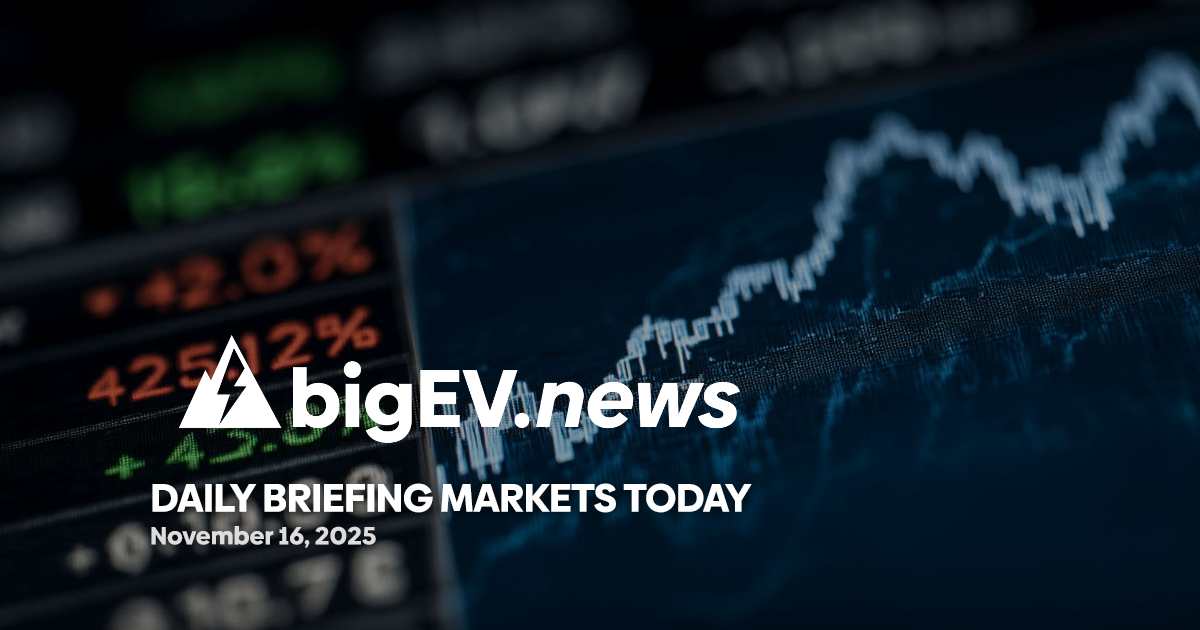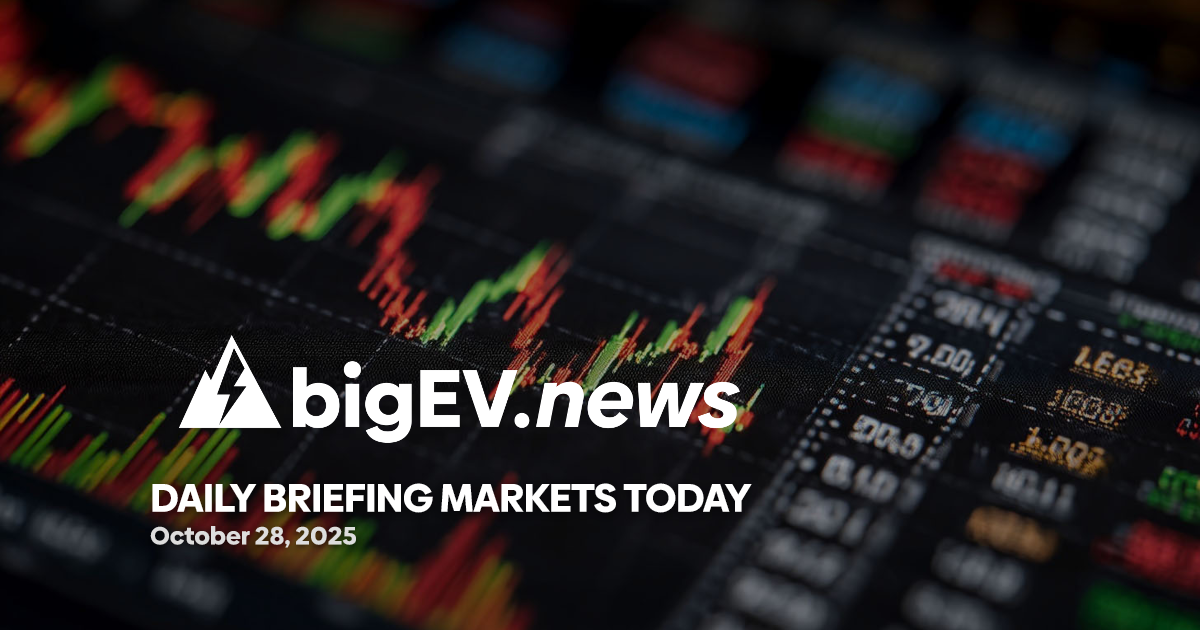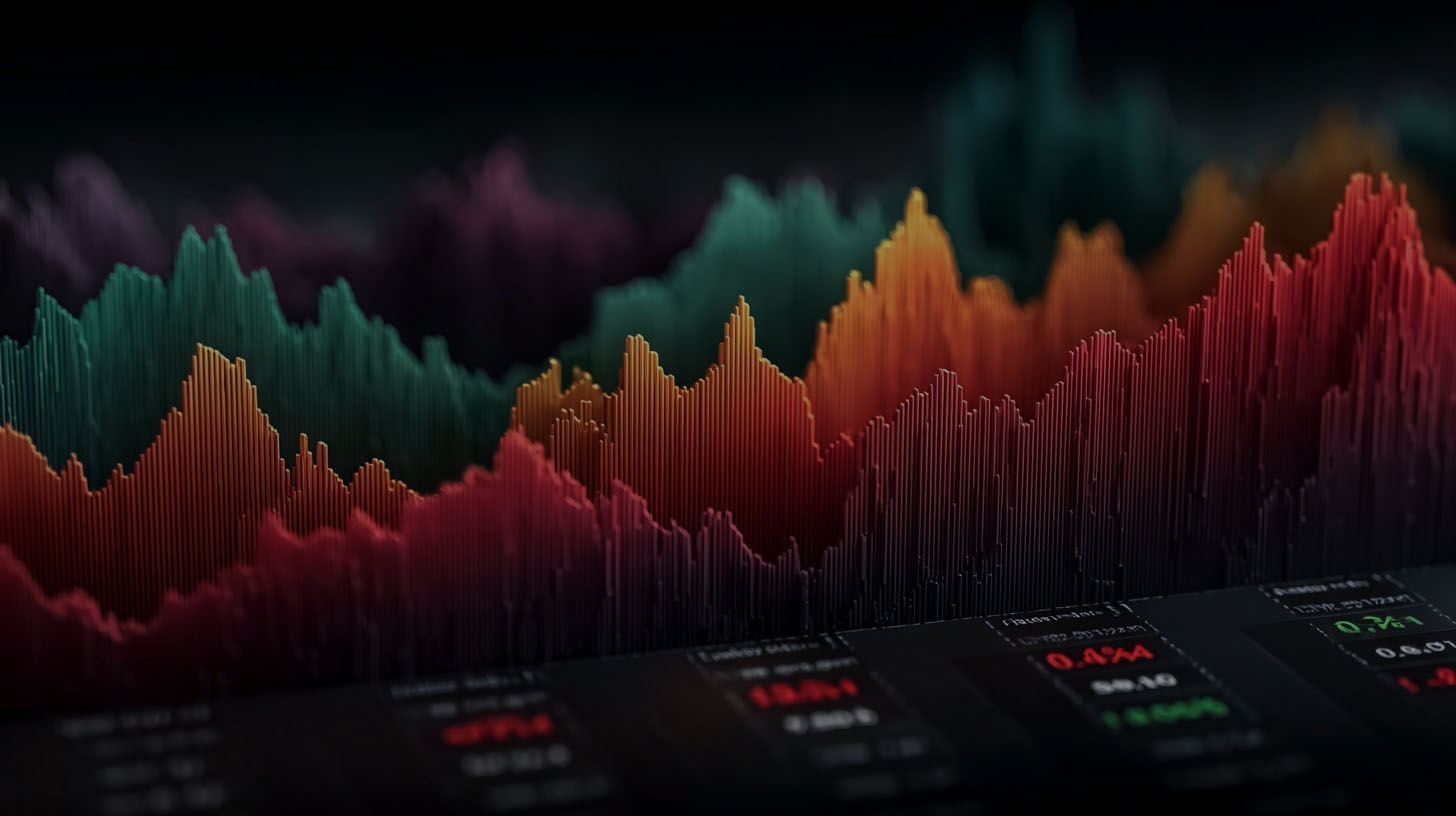At a glance – Clean tech and advanced energy sectors experienced a surge in strategic activity over the past 24 hours, with high-impact partnerships, regulatory announcements, and technology launches driving market sentiment. Notable developments include Nvidia’s strategic partnership with OpenAI, a major U.S.-China aircraft deal involving Boeing, and a wave of new product launches in solar and battery storage. The Federal Reserve’s latest economic outlook and upcoming policy signals are shaping capital flows, while gold and silver hit new highs, reflecting investor hedging amid global uncertainty. The intersection of AI, electric mobility, and grid modernization is accelerating, with executive and investor attention sharply focused on supply chain resilience, regulatory adaptation, and the commercialization of frontier technologies.
Emerging tech – High-Impact: The AI sector saw a transformative move as Nvidia and OpenAI announced a deepened strategic partnership, aimed at accelerating the deployment of next-generation AI models and infrastructure. This collaboration is expected to fast-track the commercialization of Nvidia’s latest GPU architectures within OpenAI’s training clusters, directly impacting the pace of AI-driven automation across energy, mobility, and industrial sectors. Meanwhile, in the marine technology space, a consortium led by Ocean Infinity launched a pilot program for autonomous subsea inspection drones, targeting offshore wind maintenance and underwater infrastructure mapping. In battery innovation, QuantumScape unveiled a pre-commercial solid-state cell with a 30% higher energy density than current lithium-ion benchmarks, positioning itself for early-stage automotive and grid storage pilots in 2026. These advances signal a rapid convergence of AI, robotics, and advanced materials in reshaping sector competitiveness and supply chain strategies.
Technology advance – The solar sector marked a milestone as First Solar commissioned its 3 GW Ohio manufacturing facility, now the largest thin-film solar module plant in North America. The facility’s automated lines are projected to reduce module costs by 12% and increase U.S. solar supply chain resilience, with over 80% of output pre-sold to utility-scale developers. In electric transportation, BYD launched its new Blade Plus battery platform, achieving a 15% improvement in volumetric energy density and extending EV range to 700 km on a single charge. Siemens Energy announced a breakthrough in grid-scale hydrogen electrolyzer efficiency, reporting a 5% reduction in energy consumption per kilogram of hydrogen produced. In the defense sector, Lockheed Martin debuted a prototype hybrid-electric propulsion system for unmanned aerial vehicles, targeting dual-use applications in surveillance and disaster response. These technical milestones are expected to drive cost reductions, accelerate adoption, and open new market segments across clean energy and mobility.
Partnerships – High-Impact: The day’s most consequential alliance emerged as Shell and Microsoft inked a multi-year agreement to co-develop AI-powered energy management platforms for industrial and grid-scale applications. The partnership will leverage Microsoft’s Azure cloud and Shell’s operational data to optimize energy consumption, emissions, and asset reliability across refineries and distributed energy resources. In the marine sector, Maersk and Corvus Energy formalized a joint venture to accelerate the deployment of modular battery systems for hybrid container ships, targeting a 20% reduction in fleet emissions by 2030. Meanwhile, in the water technology domain, Xylem and Schneider Electric launched a collaborative pilot integrating smart sensors and AI analytics to enhance leak detection and water quality monitoring in urban infrastructure. These partnerships are poised to set new industry standards for digitalization, decarbonization, and operational efficiency.
Acquisitions/expansions – Emerging Risk: The global battery supply chain saw a major shakeup as CATL announced the $2.1 billion acquisition of Finnish graphite processor Talga Group, securing a critical feedstock for its European gigafactories. In the U.S., NextEra Energy closed a $1.5 billion expansion of its Texas wind and solar portfolio, adding 2.4 GW of new capacity and reinforcing its leadership in independent renewable generation. On the automation front, ABB completed its purchase of Spanish robotics integrator ASTI Mobile Robotics, expanding its footprint in autonomous logistics solutions for manufacturing and distribution. In the blue economy, Ocean Power Technologies revealed a $120 million capital raise to scale its wave energy conversion deployments along the U.S. West Coast. These moves reflect intensifying competition for strategic assets and capacity in energy storage, renewables, and automation.
Regulatory/policy – The Federal Reserve’s latest FOMC statement and Chair Powell’s speech underscored a cautious approach to rate adjustments, with implications for capital allocation in infrastructure and clean tech. The European Commission published new guidance on sustainable battery supply chain due diligence, mandating traceability and environmental disclosures for all batteries sold in the EU by 2027. In the U.S., the Department of Energy finalized its long-awaited grid modernization roadmap, unlocking $8 billion in grants for advanced transmission, distributed energy resources, and cybersecurity upgrades. Japan’s Ministry of Economy, Trade and Industry announced new incentives for domestic hydrogen production, aiming to triple output by 2030. These regulatory shifts are expected to accelerate investment in grid resilience, clean energy, and critical materials, while raising compliance costs and operational complexity for global players.
Finance/business – Market volatility remained elevated as gold and silver reached new highs, with gold surpassing $2,300/oz amid inflation concerns and geopolitical uncertainty. Apple’s stock climbed 4.3% after Wedbush raised its price target to $310, citing robust early demand for the iPhone 17 and renewed confidence in Apple’s AI strategy. Tesla shares rose nearly 2% following an analyst upgrade and positive sentiment around its Q3 delivery outlook. Micron Technology gained 1% ahead of its earnings release, with analysts highlighting strong demand for high-bandwidth memory in AI applications. In the independent energy sector, Enphase Energy reported a 9% sequential increase in microinverter shipments, driven by surging U.S. residential solar installations. These financial signals reflect shifting investor priorities toward technology leaders and resilient clean energy business models.
Venture/funding – The venture landscape saw significant activity as Helion Energy secured $500 million in Series D funding to accelerate its fusion pilot plant, with participation from Sam Altman and existing strategic investors. In the recycling sector, AMP Robotics closed a $120 million round to expand its AI-powered sorting systems for municipal waste, targeting a 30% increase in material recovery rates. Blue Frontier, a startup focused on ultra-efficient HVAC systems, received a $75 million grant from the U.S. Department of Energy to scale its manufacturing capacity. In the marine renewables space, Eco Wave Power raised $40 million in a green bond issuance to finance its Mediterranean wave energy projects. These funding flows highlight investor appetite for breakthrough technologies with the potential to disrupt legacy infrastructure and deliver measurable sustainability outcomes.
Geopolitical – High-Impact: U.S.-China trade negotiations advanced as both sides neared a landmark agreement that could see Boeing supply up to 500 aircraft to Chinese carriers, signaling a thaw in aerospace trade tensions and potential relief for global supply chains. The European Union imposed new tariffs on Chinese EV imports, citing anti-competitive subsidies and aiming to protect domestic manufacturers. India and Australia signed a critical minerals partnership, securing long-term lithium and rare earth supplies for their respective battery and defense sectors. In the Middle East, the UAE and Saudi Arabia announced a joint initiative to develop a cross-border green hydrogen corridor, targeting export markets in Europe and Asia. These geopolitical shifts are reshaping supply chain security, market access, and investment flows across the clean tech and advanced manufacturing landscape.
Critical materials – The rare earths market tightened further as Lynas Rare Earths reported a 12% quarter-over-quarter increase in neodymium-praseodymium oxide prices, driven by surging demand from EV and wind turbine manufacturers. U.S.-based MP Materials signed a long-term offtake agreement with General Motors to supply magnet-grade rare earths for its Ultium battery platform, reducing reliance on Chinese imports. In South America, SQM announced a $300 million investment to expand lithium carbonate production in Chile, targeting a 20% increase in output by 2027. The European Raw Materials Alliance launched a new initiative to develop domestic graphite processing capacity, aiming to supply 30% of the EU’s battery anode demand by 2030. These developments underscore the strategic importance of securing critical materials for the energy transition and advanced manufacturing sectors.
Green capital/energy solutions – ESG investment momentum accelerated as BlackRock launched a $2 billion global clean infrastructure fund, targeting solar, wind, and grid modernization projects in emerging markets. The World Bank approved $1.1 billion in financing for distributed solar and battery storage in sub-Saharan Africa, aiming to electrify 10 million households by 2030. In the building technology sector, Johnson Controls unveiled a new suite of AI-enabled energy management solutions for commercial real estate, projecting a 15% reduction in building emissions for early adopters. The California Public Utilities Commission approved $600 million in incentives for community-scale battery storage, targeting grid reliability and wildfire resilience. These capital flows and policy initiatives are catalyzing the deployment of sustainable energy solutions and accelerating progress toward decarbonization targets.
Sources: schwab, TV5 News, federalreserve, Kaseya, firstsolar, bydeurope, siemens-energy, lockheedmartin, shell, microsoft, maersk, corvusenergy, xylem, schneider-electric, catl, talga, nexteraenergy, abb, oceanpowertechnologies, europeancommission, doe, meti, apple, enphase, helionenergy, amprobotics, bluefrontier, ecowavepower, boeing, eu, mp-materials, sqm, blackrock, worldbank, johnsoncontrols, cpuc









